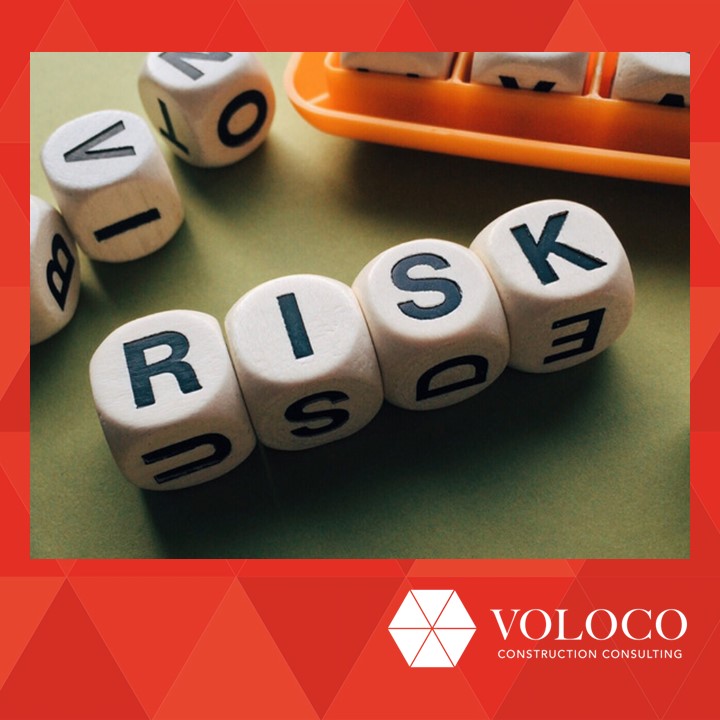A risk assessment is simply a careful examination of what could cause harm to people. This enables precautions to be taken to prevent injury and ill-health. A risk assessment is an important step in protecting workers, as well as complying with the law. It helps focus on the risks that really matter in the workplace (the ones with the potential to cause real harm). Workers and others have a right to be protected from harm caused by a failure to take reasonable control measures.
Accidents and ill health can ruin lives. They can affect your business too if output is lost, machinery is damaged, insurance costs increase, or you have to go to court. You are legally required to assess the risks in your workplace so that you put in place a plan to control the risks.
Risk assessment is the process of assessing the risks to workers’ safety and health from workplace hazards. It is an examination of all aspects of work that considers:
- What could cause injury or harm.
- Whether the hazards could be eliminated and if not.
- What control measures are, or should be, in place to control the risks.
Understanding terms used in risk assessments: –
Hazard: Anything that has the potential to cause harm (ill health, injury or damage).
Risk: The likelihood of an event occurring from a hazard.
Likelihood: The chance that an accident will occur (certain, likely, possible, unlikely or rare).
Severity: The consequences of an incident that arises.
Danger: A person is in danger when they are exposed to risk.
Accident: An event that results in damage, injury or ill health.
Near miss: An event that, while not causing harm, has the potential to cause injury or ill health.
Competence: Having practical and theoretical knowledge, training and actual experience of the work involved.
How do I carry out a risk assessment?
When carrying out your risk assessment try not to overcomplicate the process. In many organisations, the risks are well known, and the necessary control measures are easy to apply. If you are aware of the risks associated with your workplace, check that you have taken reasonable precautions to avoid injury.
There are five steps to completing a risk assessment: –
Step 1 – Identify the hazards that arise out of the work activity being assessed.
Step 2 – Think about who might be harmed, individuals or groups of people who are at risk
Step 3 – Evaluate the risks considering the risk control measures necessary to keep the people who have been identified as being at risk from harm.
Step 4 – Record your findings including person who will manage the residual risk, dates which essential action must be taken and a review date.
Step 5 – Review the risk assessment regularly ensuring that the control measures are still appropriate and effective.
It is important to effectively monitor and review the control measures established for the work activity and amend them if they are no longer valid or become ineffective. As with the Method Statement, all employees need to be fully briefed on the assessment carried out and a briefing register needs to be included which should be signed by all carrying out the work to confirm that the document has been read and fully understood.
